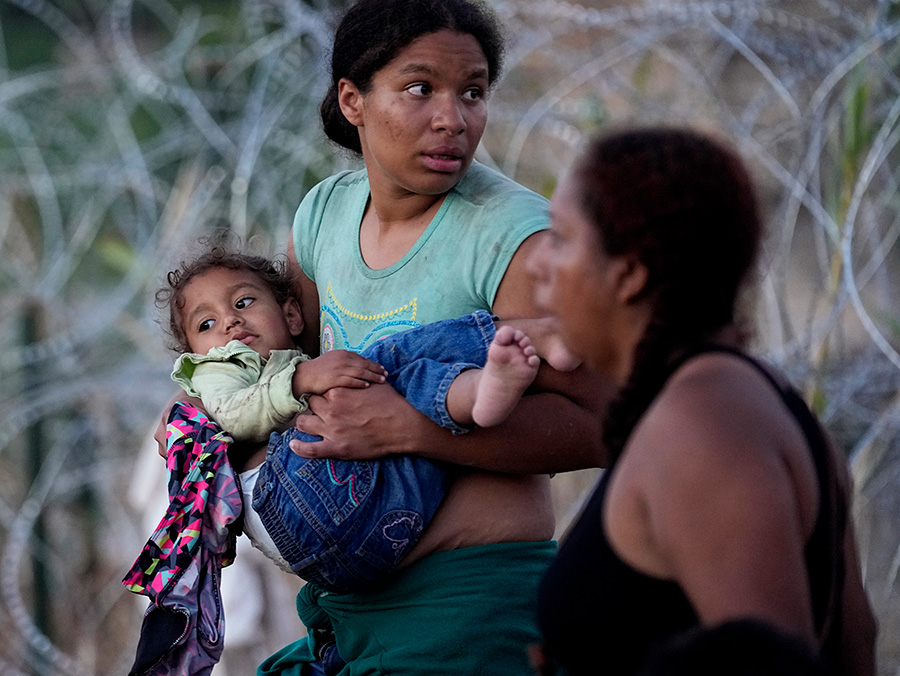
One morning in early May, Eric Gay ('90) received a phone call from one of his editors at the Associated Press with some good news.
Gay was part of the photography team that won the Pulitzer Prize for feature photography.
But the awards -- the most prestigious in journalism -- wouldn't be officially announced until that afternoon.
"I was pretty excited, but it was still crazy because you can't tell anybody," he says. "So, there's a few hours that's pretty antsy."
But it was real. Gay's team received the honor for their photography depicting migrants crossing the U.S. border, making the trek from Colombia to the U.S. One of Gay's photos shows a mother pushing her young child under a razor-wire fence -- an example of how he believes photojournalism can be a powerful way to tell someone's story.
"We need fact-based journalism. We need to be able to show photos are true and actual and not manipulated in any way."

